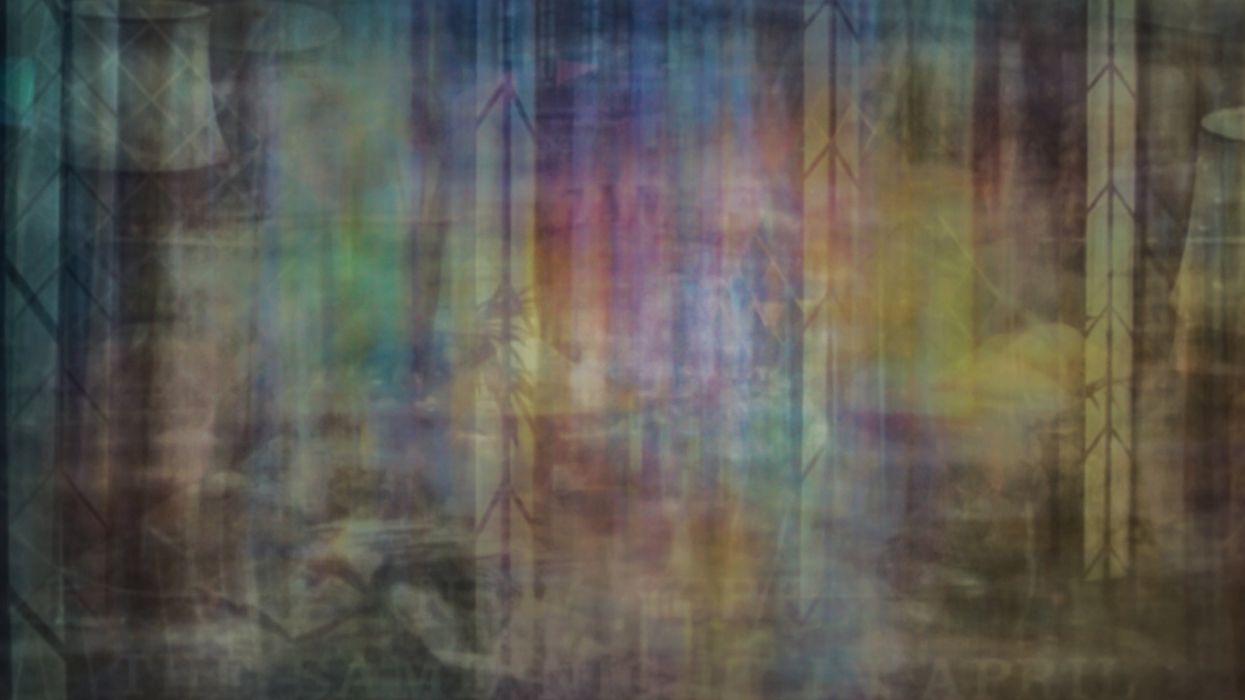See the Entire ‘A Clockwork Orange,’ ‘The Shining’ and More as Single Long-Exposure Images
British artist Jason Shulman uses ultra-long exposures to turn every frame of your favorite films into a single image.

What would you learn about your favorite movie if you could see the entire thing as one picture? How is that even possible? Sculptor Jason Shulman has already done the work for you, developing a process to record each and every one of a film’s 130,000 frames (typical of a 90-minute feature) and merge them into a piece of art.
How did he do it? According to American Photo, “Using a high-resolution computer monitor, Shulman began playing out the entire length of various films, training his camera’s lens on the screen and leaving its shutter open for the entire duration of the movie.”
“Hitchcock is all about character, whereas Kubrick was preoccupied with structure.”
The resulting images of classics like Kubrick’s 2001: A Space Odyssey and The Wizard of Oz reveal what Shulman calls the “genetic code” of each film—and insights into their directors, too. Shulman told Wired that “Blurred human figures emerge in the Hitchcock films, whereas what stands out in the photographs of the Kubrick [film]s is symmetry, or some kind of formal composition.” He continued, “I don’t know if you can really draw conclusions from this, but to me it says that Hitchcock is all about character, whereas Kubrick was preoccupied with structure.”
Aside from being a visual treat, the images become an object lesson in cinematic tone, texture and palette, giving us a new way to analyze some of the all-time most beloved and successful films. If you happen to be in London, you’re in luck: new large-scale versions of the images are showing at the Photo London festival until May 21 and at London’s Cob Gallery through June 4. The rest of us can get a little taste below:
A Clockwork Orange
Stanley Kubrick, 1971

Close Encounters of the Third Kind
Steven Spielberg, 1977

Rear Window
Alfred Hitchcock, 1954

The Shining
Stanley Kubrick, 1980

The Silence of the Lambs
Jonathan Demme, 1991

The Texas Chainsaw Massacre
Tobe Hooper, 1974

Featured image of 'Inferno' (1980) by Jason Shulman











